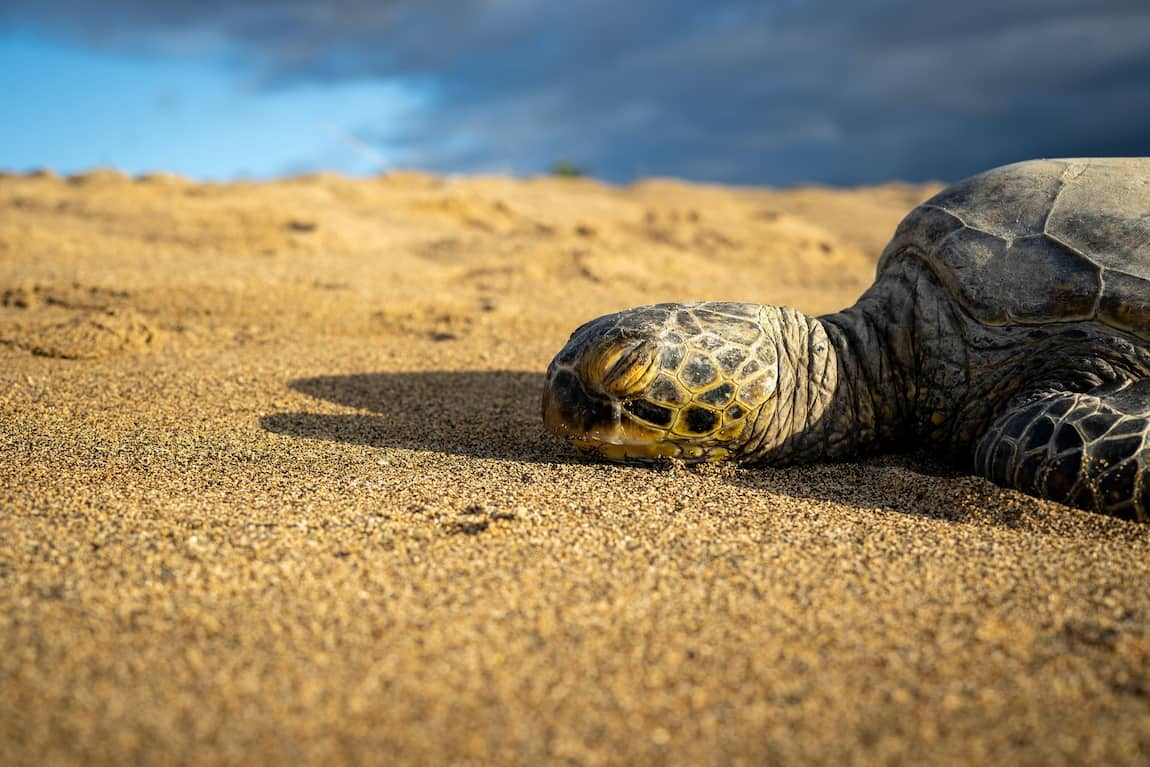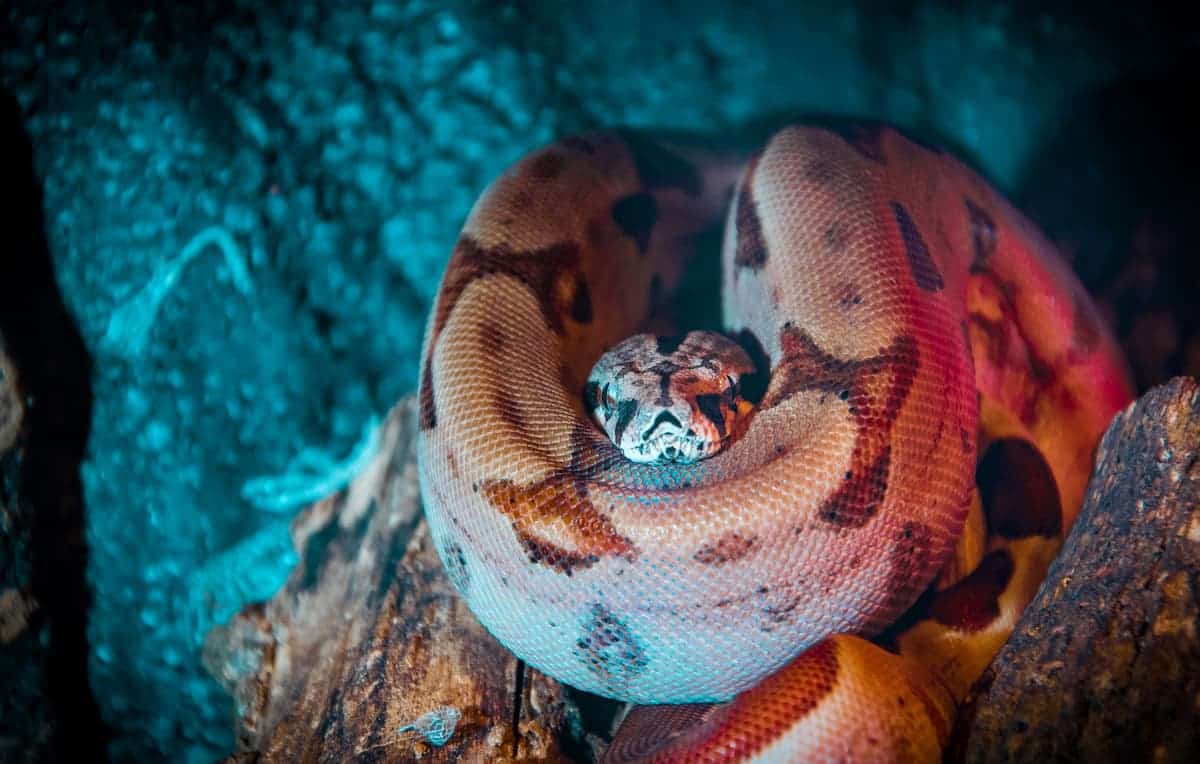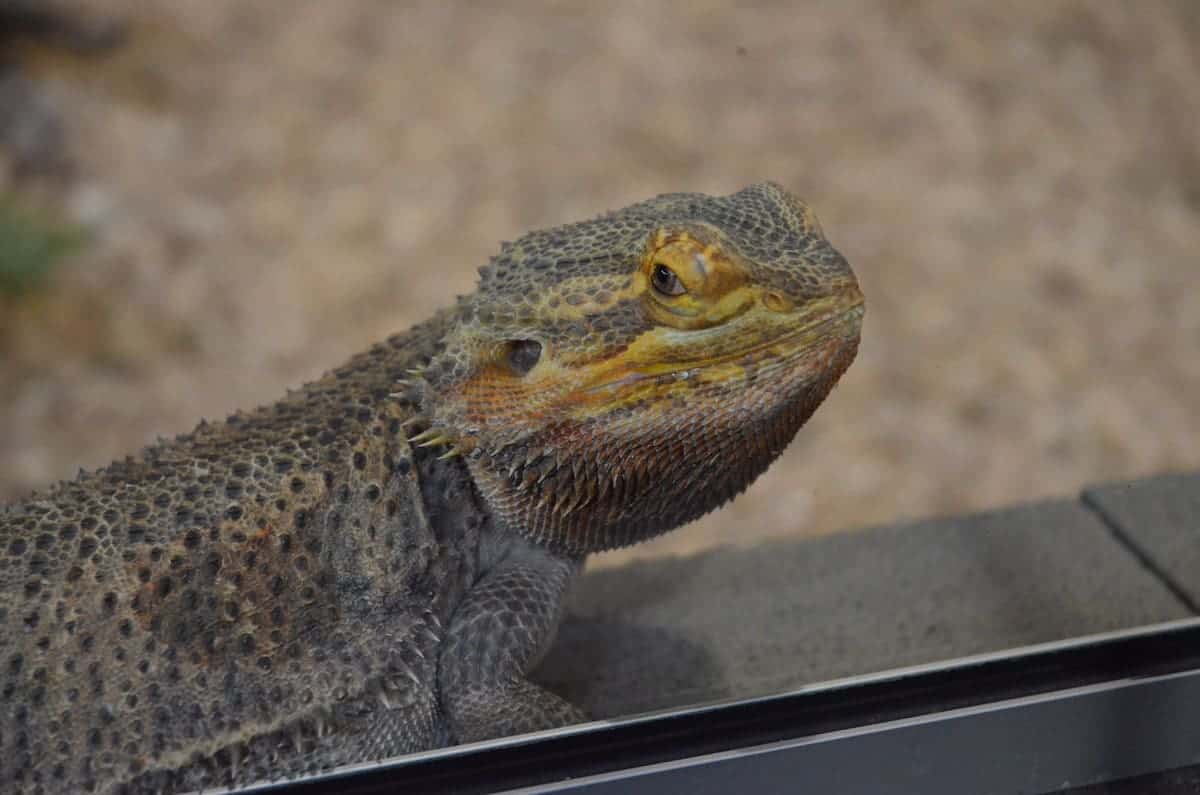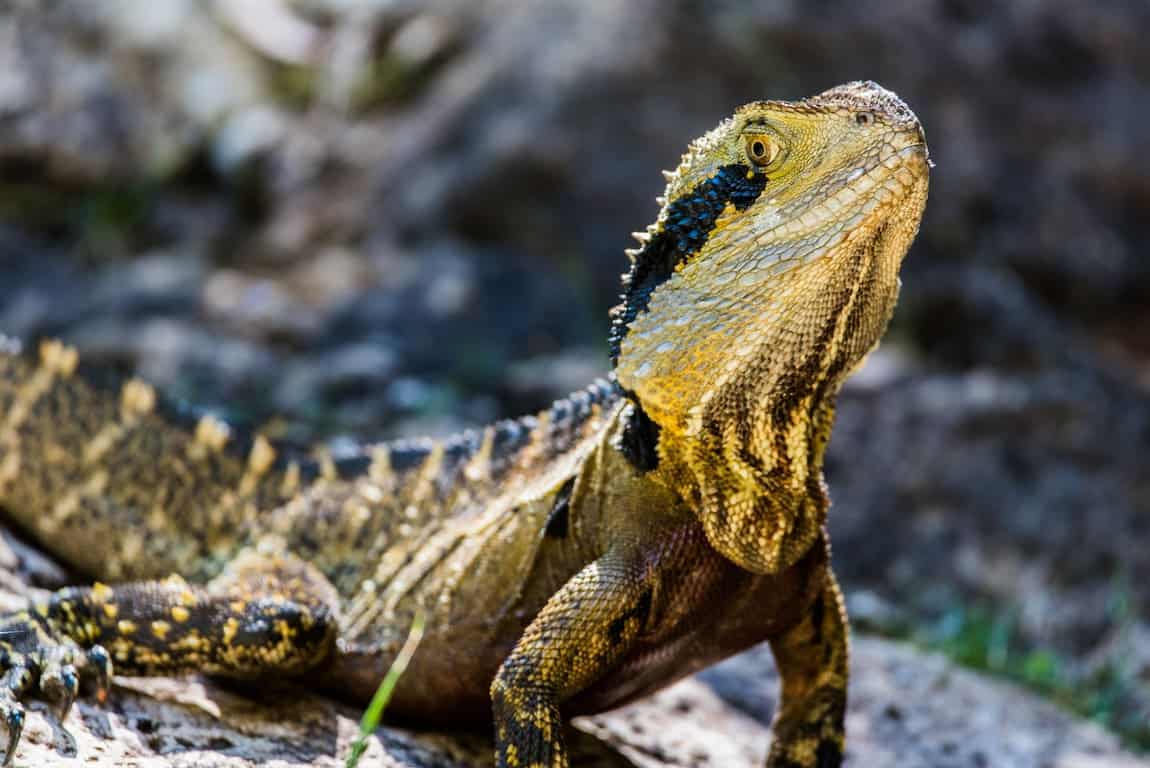There are hundreds of different species of turtles, ranging from massive desert tortoises to small, agile marine turtles. Different species of turtles look and behave in different ways, and even have different sleeping habits.
It is not easy to generalize about turtle sleeping habits because they differ so widely among the different species. There are even differences between how the same species of turtles will behave when in the wild or raised in captivity.
However, there are a few things that all turtles have in common when sleeping. All turtles need sleep, and they need to find a safe space to sleep.
What Is a Turtle’s Circadian Rhythm Like?
Most turtles are diurnal creatures, meaning that they are active during the day and sleep at night. This makes sense since they are cold-blooded creatures that rely on the outside temperature to regulate their internal temperature. When it is warmer, they have more energy and are more active, while they sleep during the cooler nights.
However, some turtles such as snapping turtles are nocturnal. Turtles that live on the bottom of ponds and other shallow bodies of water are nocturnal so that when they have to surface or go on land, they can have the cover of darkness. During the day, they can safely sleep underwater.
Some diurnal turtles get most of their sleep at night but take naps during the day. You may notice your pet turtle basking in the sun and shutting its eyes as it absorbs the warmth.
How Does a Turtle Find a Safe Place to Sleep?
The right sleeping spot is very important to turtles. Even though they are protected by their shells, they still need to find a safe, secluded place before closing their eyes. What that looks like will differ depending on the species and personal preferences of a turtle.
Sleeping Underwater
Freshwater and marine turtles can safely sleep underwater. While they sleep, they can slow down their metabolisms so much that they don’t need to breathe for several hours. Some species of turtles can even get oxygen from the water as they sleep.
If you have a freshwater turtle such as a painted turtle, you will notice it burying itself in the sand or mud at the bottom of its tank to sleep. Don’t panic, this is how these turtles naturally sleep and it will not drown. Burying itself underwater helps the turtle feel safe and lets it sleep peacefully.
In the wild, marine turtles can sleep just below the surface of the sea. To stop themselves from floating away, they will use overhanging rocks or coral to wedge themselves in place. Marine turtles cannot get oxygen from the water, but they can go for several hours without breathing and rarely need to surface.
Sleeping on Land
Many turtles, including land-dwelling species such as tortoises, sleep on dry land. Instead of burrowing in pond mud, they will find a hole in the ground to sleep in. These wily creatures will even camouflage their shells before tucking in for a good night’s rest. Besides sleeping above the water, land turtles also differ from water turtles in that they need to sleep for much longer.
How Do Pet Turtles Sleep?
Your pet turtle may still burrow underground or under a pile of rocks to go to sleep, even though it knows that it is safe in its tank. Even a turtle born and bred in captivity has some instincts that tell it to protect itself when it sleeps.
However, you’re more likely to notice your pet turtle hunkering down for the night in the middle of its tank or taking a nap on its basking perch than you would a wild turtle. Some pet turtles feel comfortable sleeping without taking the precautionary measures that their wild cousins might.
Do Turtles Sleep in Their Shells?
Most turtles come with a built-in bed. When they go to sleep, they just retract their legs and head into their shells and start snoozing.
A turtle’s shell offers protection against predators, although most take additional precautions by choosing a safe sleeping spot anyway. It also provides some protection from the elements and helps a turtle stay warm.
As always, there are some exceptions. Sea turtles do not sleep in their shells because their shells are too soft.
Do Turtles Hibernate?
Besides regular nightly sleep, some turtles engage in deeper dormant periods during colder weather. Turtles that live in colder areas would not be able to get through the winter otherwise because their internal body temperature is dependent on the external temperature. However, this process is not called hibernation but brumation when it is done by reptiles.
Unlike hibernation, brumation is not a state of total inactivity. Brumating turtles will slow down their metabolism a lot and spend most of their time sleeping. However, they wake up every few days or weeks to move around a bit, drink water, and breathe.
Aquatic species such as snapping turtles are the most common turtles that go into brumation. Turtles will winter underwater because the temperature does not fluctuate as much as on land. They get all the oxygen they need from the water, thanks to special glands near their butt. Once the water temperature warms up, brumating turtles know that it is time to wake up and will swim toward the surface to take their first real breath in months.
Some land tortoises also brumate. They go into underground burrows for a few of the coldest months and come out once the air warms up.
Conclusion
How a turtle sleeps will depend on its species and environment. For example, a freshwater turtle such as a snapping turtle will sleep buried underwater during the day and go into an extended dormant state in the winter. A giant desert tortoise will spend most of its night and part of its day cleverly camouflaged by nearby rocks. Your pet turtle may spend its night sleeping whenever and wherever it pleases because it does not have to worry about predators.
These differences in sleeping patterns can help us appreciate just how interesting these creatures are.





